Growing Sweet Corn In The Garden: Everything You Need To Know
Growing sweet corn at home is simple and yields delicious results. Here's everything you need to know to grow your very own corn on the cob.
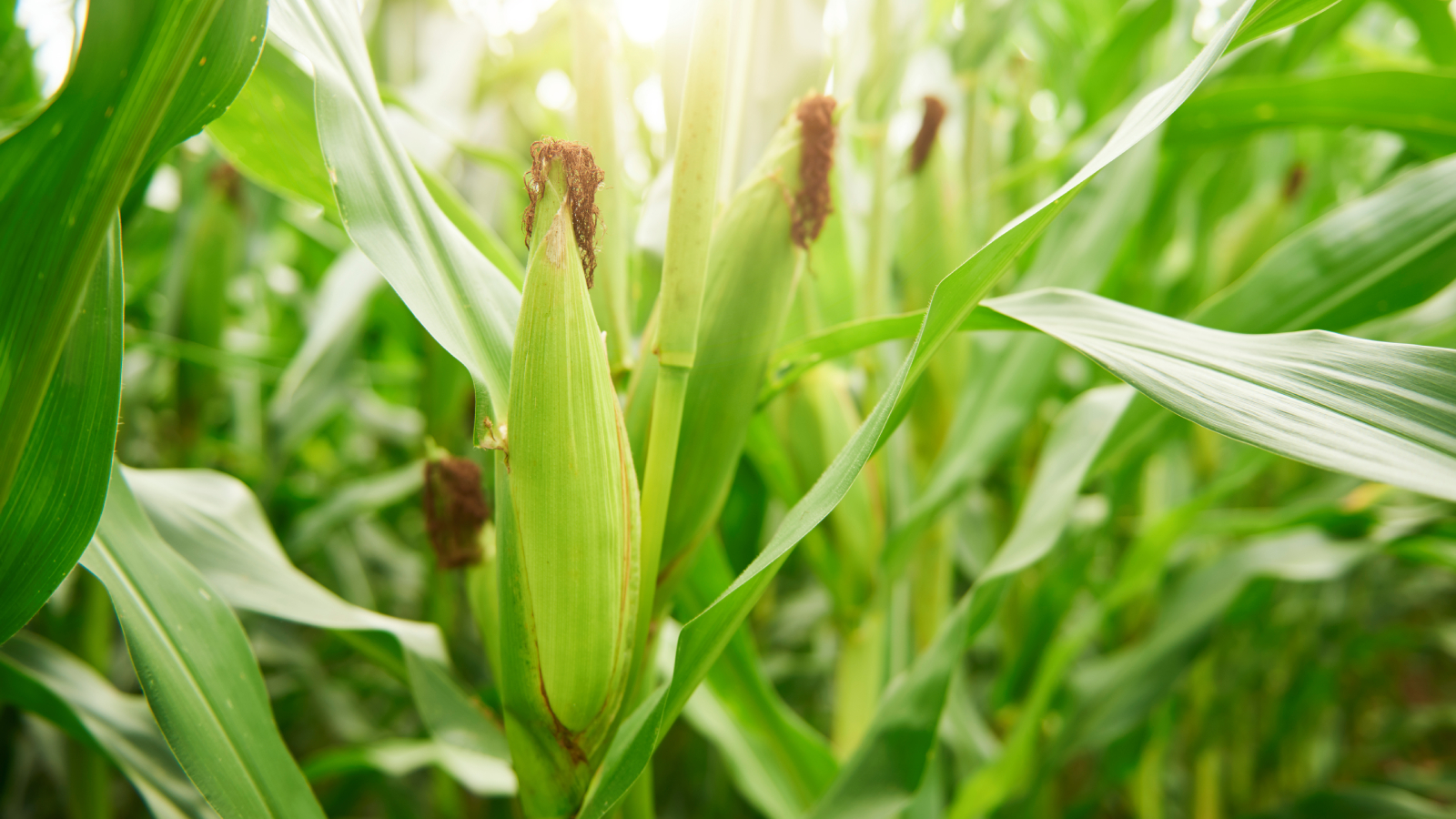
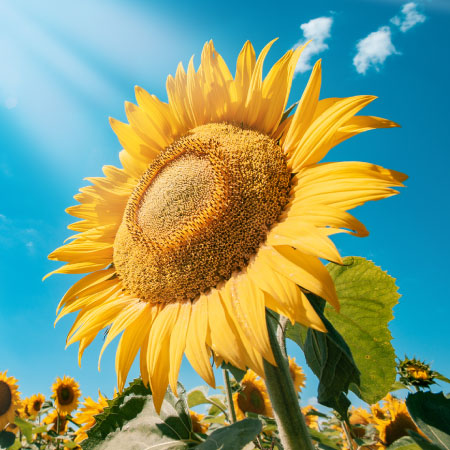
Amy Draiss
Sweet corn plants are definitely a warm season crop, easy to grow in any garden. You can plant either sweet corn plants or super sweet corn plants, but don't grow them together because they may not do well. Read on to learn more.
Sweet Corn vs. Traditional Corn
So what's the difference between growing traditional field corn and growing sweet corn? Simple: the taste. Many people grow corn, but what is known as field corn has a starchier flavor and a slightly harder cob. Sweet corn, on the other hand, is softer and has a pleasantly sweet taste.
Planting sweet corn is fairly easy and not much different than growing traditional corn. Practicing proper planting will keep it growing healthy throughout the summer so you can be eating fresh corn on the cob in no time.
How to Grow Sweet Corn
Be sure when planting sweet corn that the soil is warm -- at least above 55 degrees F. (13 C.). If you plant super sweet corn, be sure the soil is at least 65 degrees F. (18 C.), as super sweet corn prefers a warmer climate.
The best way on how to grow sweet corn is to plant an early variety near the beginning of the season, then wait a couple weeks to plant another early variety, and then plant a later variety. This will help you to have fresh sweet corn to eat all summer long.
Planting Sweet Corn
When planting sweet corn, plant the seeds 1/2 inch (1 cm.) deep in cool, moist soil and at least 1 to 1 1/2 inches (2.5-4 cm.) deep in warm, dry soil. Plant 12 inches (31 cm.) apart with at least 30 to 36 inches (76-91 cm.) between rows. This protects the plants from cross-pollination if you have planted different varieties.
When growing sweet corn, it's important to note that you can plant different corn varieties, but you don't want them near each other. If you cross sweet corn plants with other varieties of corn, you can get starchy corn, which is something you don't want.
Gardening tips, videos, info and more delivered right to your inbox!
Sign up for the Gardening Know How newsletter today and receive a free copy of our e-book "How to Grow Delicious Tomatoes".
You can cultivate the corn rows shallowly, so you do not injure the roots. Make sure you water the corn if there has been no rain so they get enough moisture.
How and When to Pick Sweet Corn
Picking sweet corn is easy enough to do. Each stalk of sweet corn should produce at least one ear of corn. This ear of corn is ready to pick about 20 days after you see signs of the first silk growing.
In order to pick the corn, just grab the ear, twist, pull in a downward motion, and snap it off quickly. Some stalks will grow a second ear, but it will be ready at a later date.
Sweet corn requires little care. It's one of the easiest plants to grow in a garden, and sweet corn plants almost always do well. You'll be enjoying sweet corn in no time!

Kathee Mierzejewski was with Gardening Know How in the very beginning, writing many of the site's foundational articles.
- Amy DraissDigital Community Manager
-
 Try The Trend – Turn Any Bed Into A Keyhole Garden With This Clever In-Ground Composter
Try The Trend – Turn Any Bed Into A Keyhole Garden With This Clever In-Ground ComposterKeyhole gardening is an efficient and sustainable practice that saves space. Get started on this DIY project quickly and easily with an in-ground composter.
By Bonnie L. Grant
-
 4 Superfast Composting Methods: Turn Waste Into Garden Gold In 30 Days Or Less
4 Superfast Composting Methods: Turn Waste Into Garden Gold In 30 Days Or LessTry the fastest composting methods to turbocharge your pile and transform kitchen scraps and garden waste into finished compost in just a few weeks.
By Mary Ellen Ellis
-
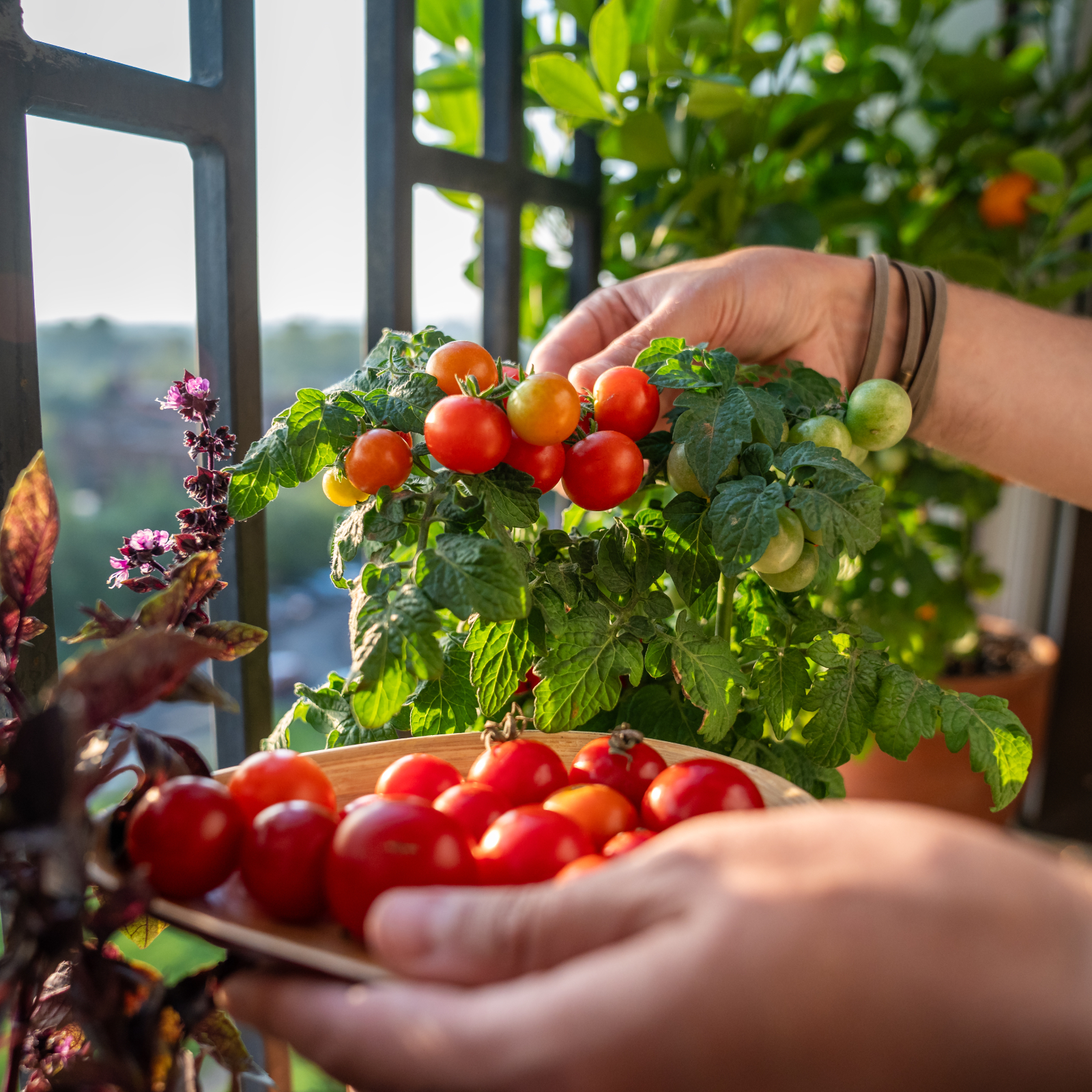 Best Tomatoes For Containers: 10 Tastiest Varieties For Plentiful Produce In Compact Areas
Best Tomatoes For Containers: 10 Tastiest Varieties For Plentiful Produce In Compact AreasThese are the best tomatoes for containers that prove you don't need to have a large space or elaborate garden to grow delicious produce.
By Bonnie L. Grant
-
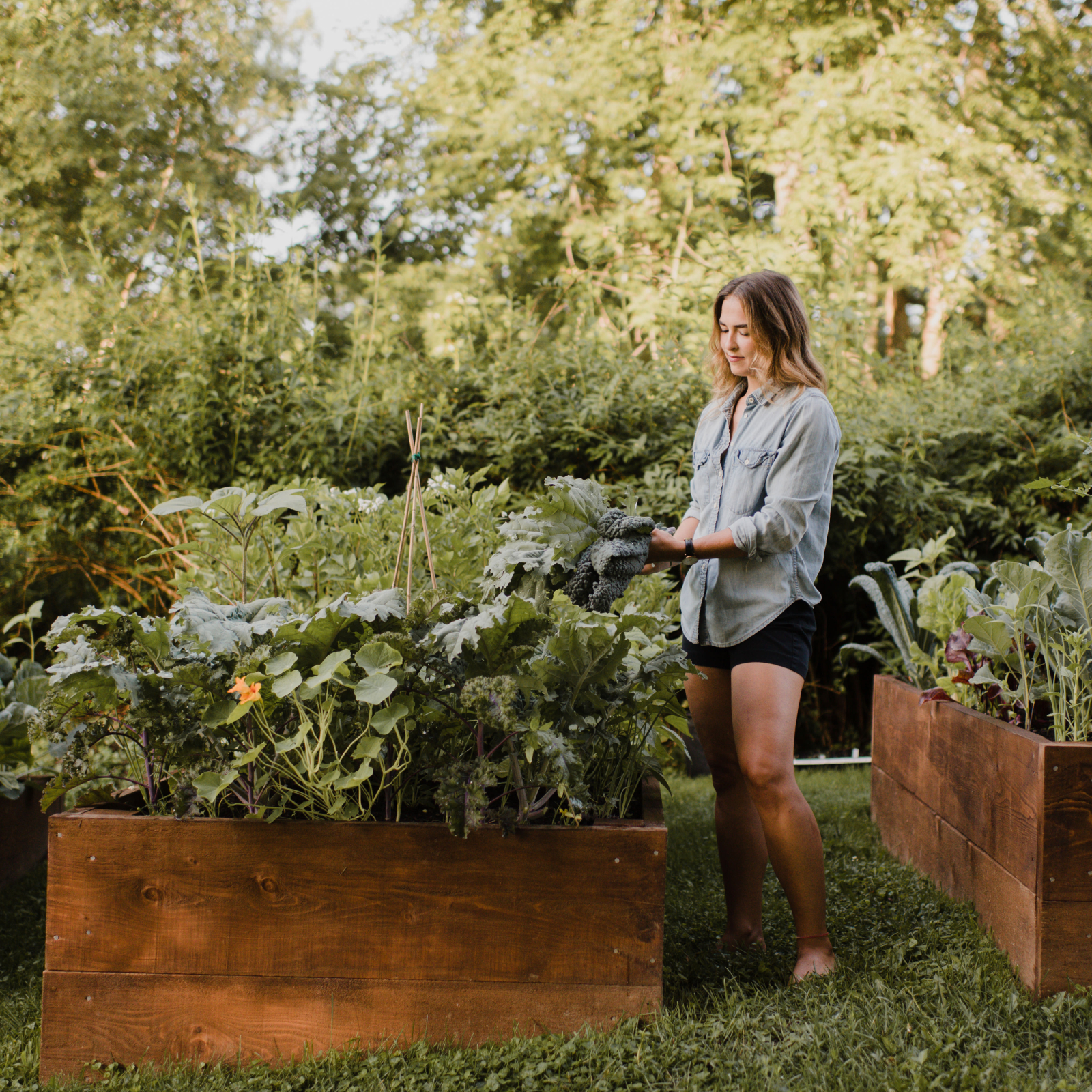 Raised Bed Garden Layout Ideas To Maximize Your Vegetable Harvest
Raised Bed Garden Layout Ideas To Maximize Your Vegetable HarvestCurious how to maximize your vegetable garden this year? Try these raised bed layout ideas and tips to get the most out of your space.
By Teo Spengler
-
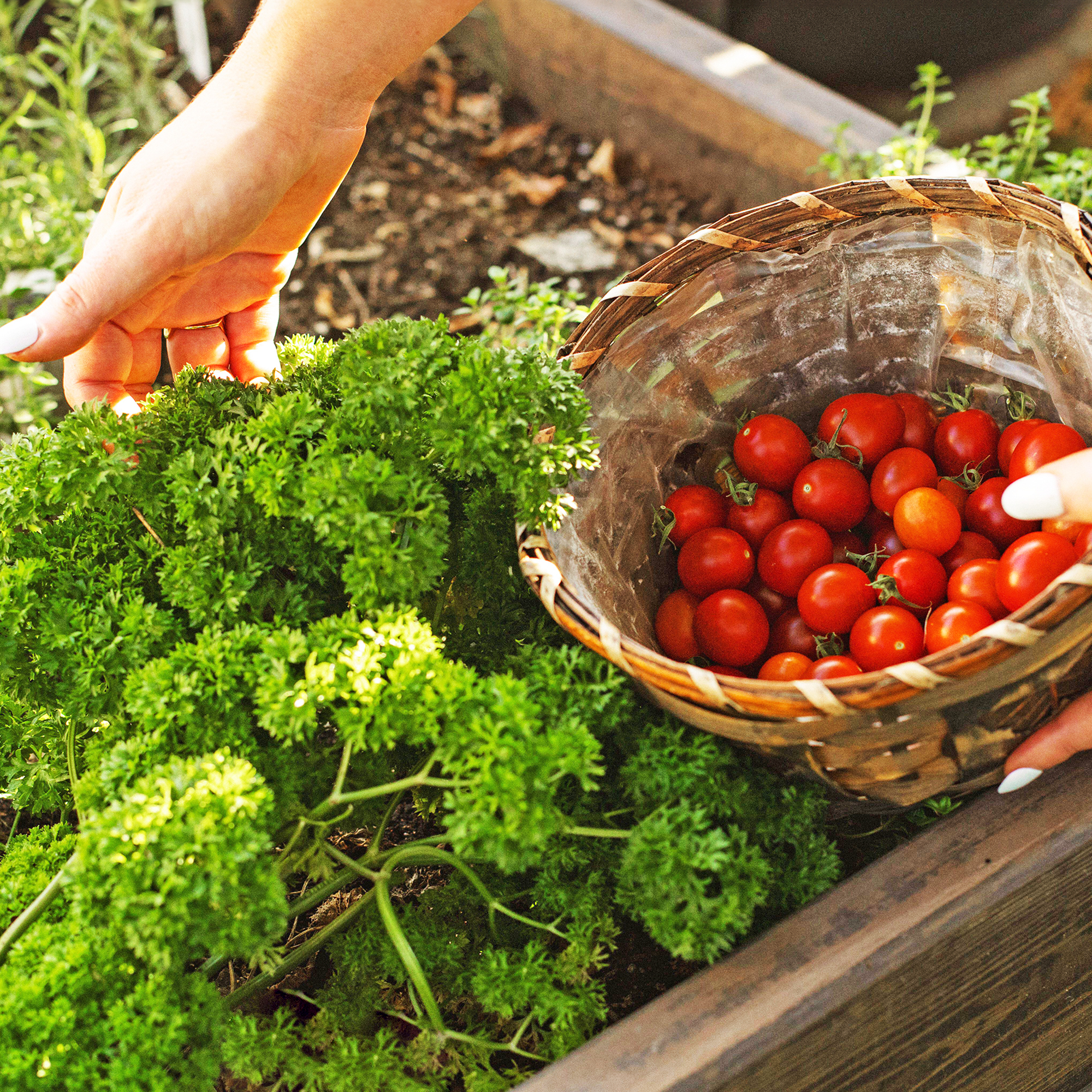 Best Herbs To Plant With Tomatoes: 6 Perfect Companions For Better Flavor & Bigger Harvests
Best Herbs To Plant With Tomatoes: 6 Perfect Companions For Better Flavor & Bigger HarvestsCertain herbs make excellent neighbors to tomatoes in the vegetable garden, repelling pests, keeping down weeds, and enhancing flavor. Try these top varieties.
By Mary Ellen Ellis
-
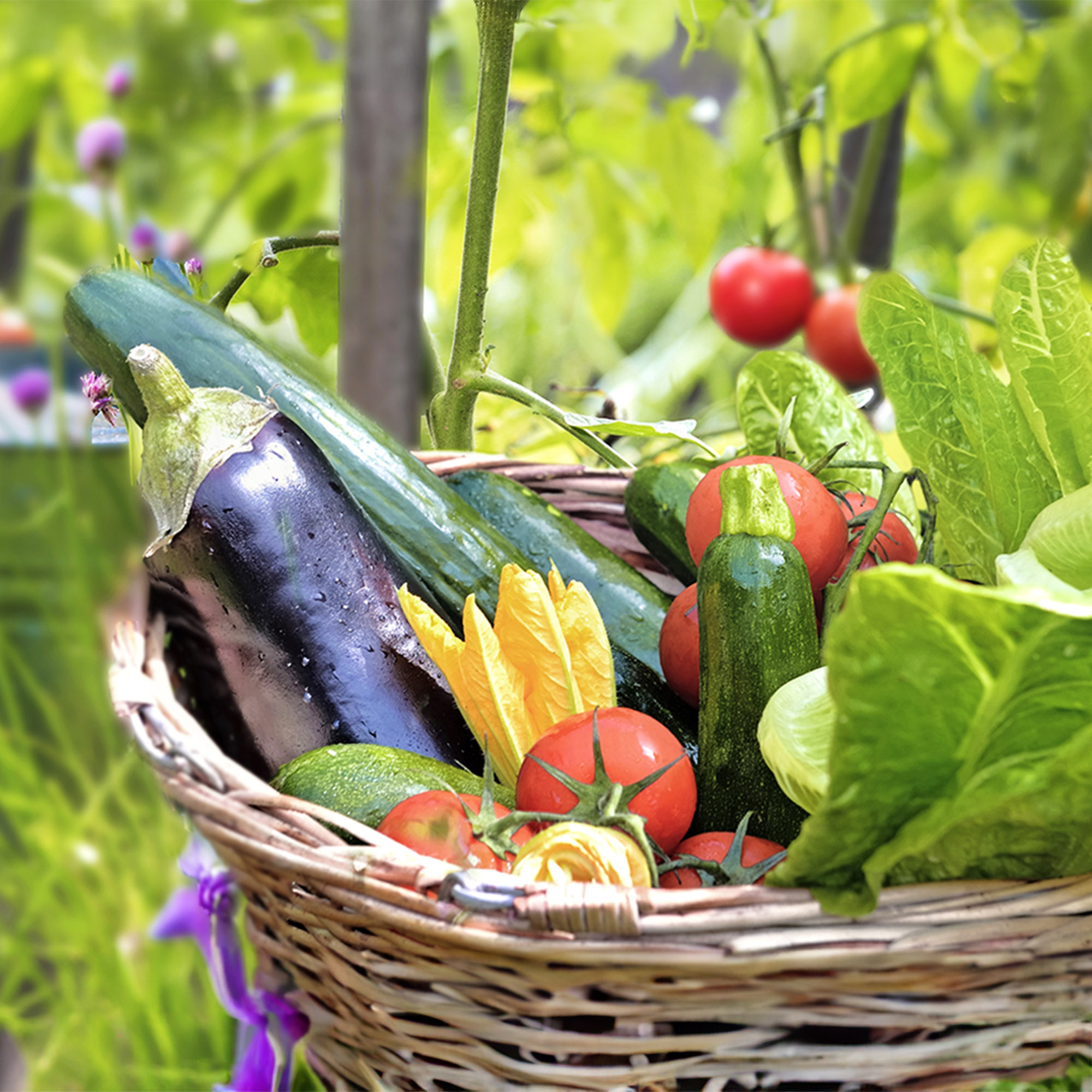 7 Best Vegetables To Plant In February – And Start Harvesting From Early Spring
7 Best Vegetables To Plant In February – And Start Harvesting From Early SpringGet a head start on your garden with these delicious veggies. Plant now and you can begin enjoying home-grown harvests sooner than you think.
By Mary Ellen Ellis
-
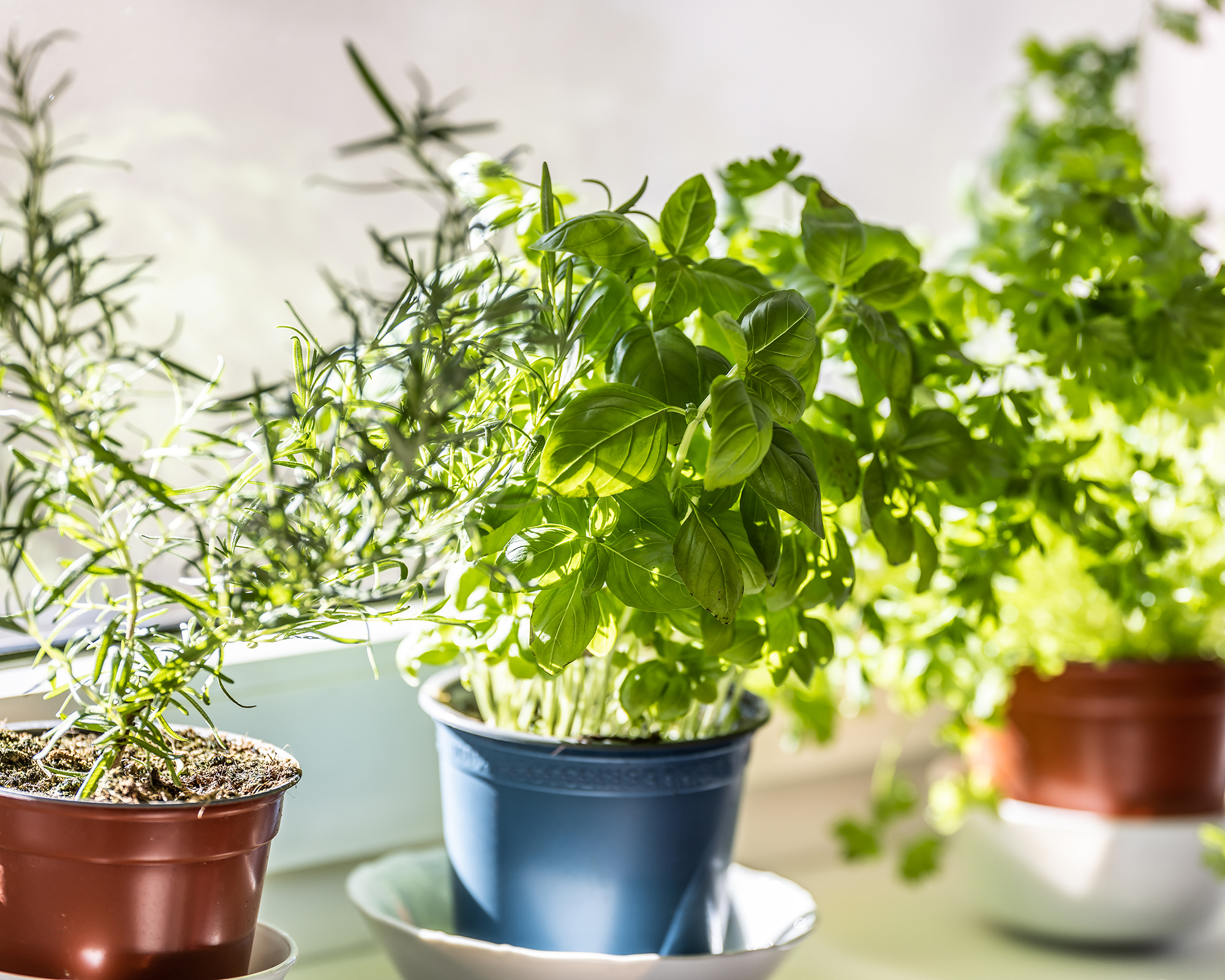 How To Grow A Windowsill Full Of Veggies This Winter, According To A Top Gardening Expert
How To Grow A Windowsill Full Of Veggies This Winter, According To A Top Gardening ExpertAward-winning journalist and climate-resilient gardening expert Kim Stoddart reveals her top plant picks and tips for a productive winter windowsill garden.
By Kim Stoddart
-
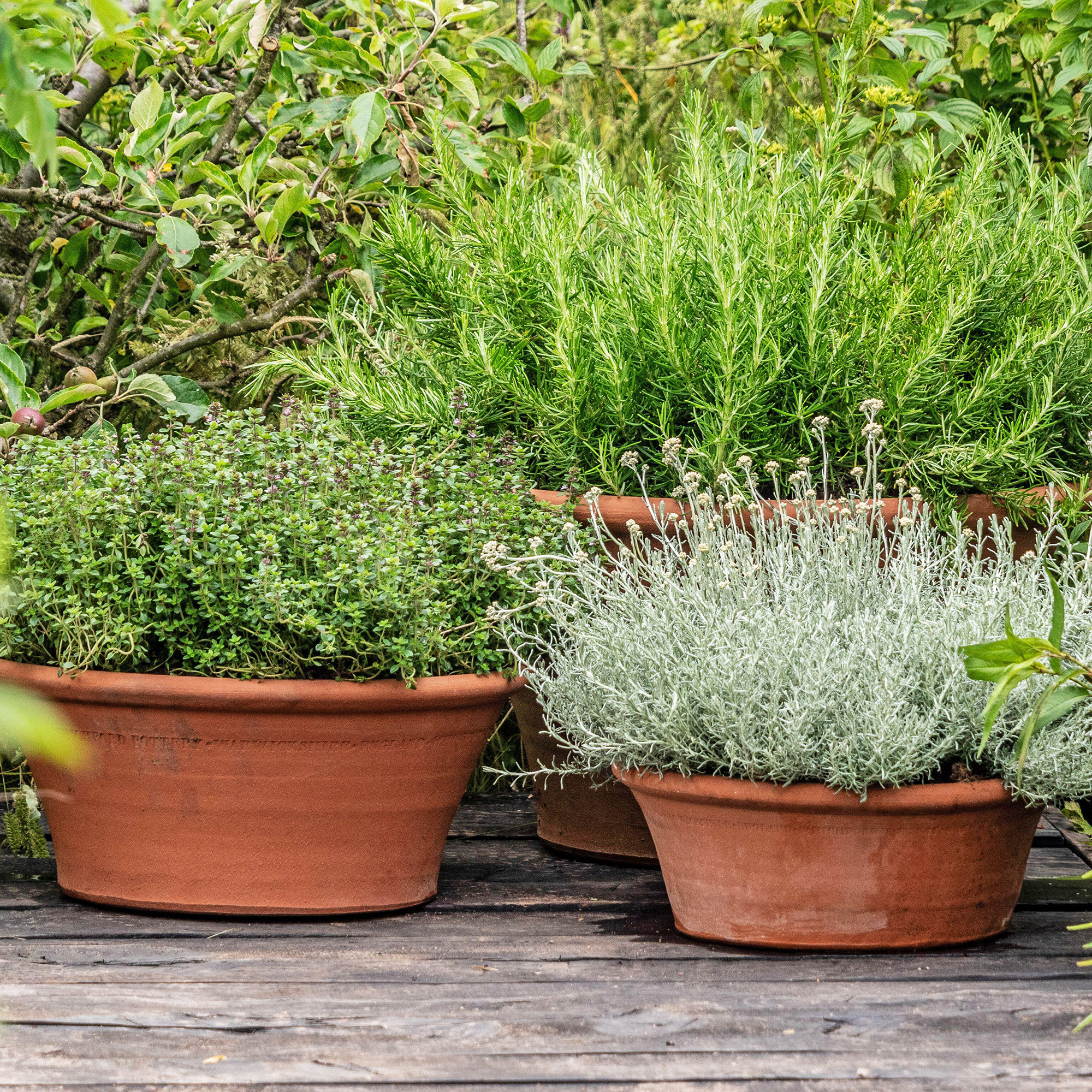 7 Perennial Herbs Perfect For Pots – Enjoy Aromatic Patio Harvests Year After Year
7 Perennial Herbs Perfect For Pots – Enjoy Aromatic Patio Harvests Year After YearDiscover the best perennial herbs to grow in pots. Ideal for small spaces, these low-maintenance plants offer year-round flavor and greenery on your patio.
By Bonnie L. Grant
-
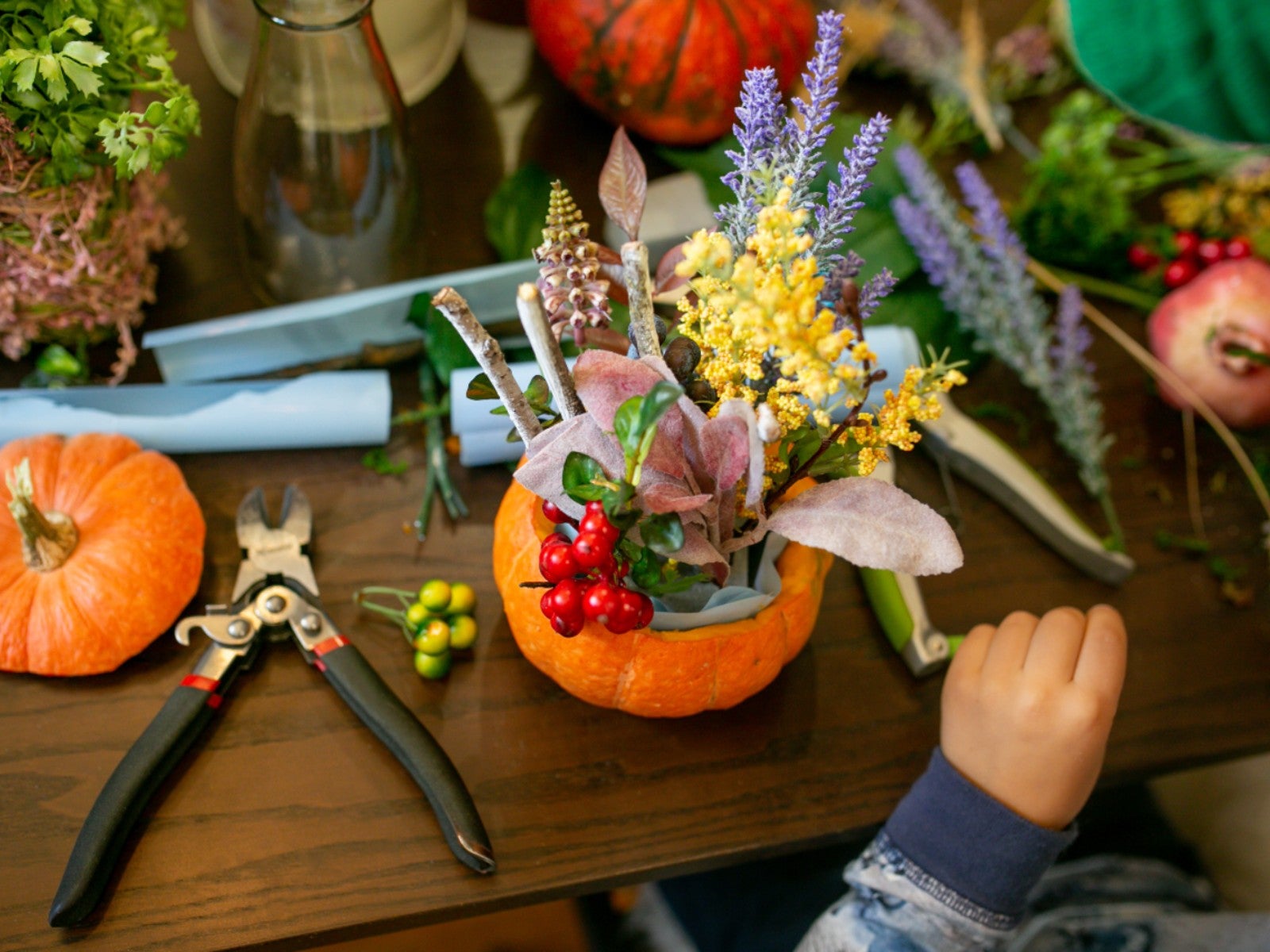 Do-It-Yourself Floral Pumpkin Centerpiece
Do-It-Yourself Floral Pumpkin CenterpieceCan you believe this pretty pumpkin centerpiece was made with just $13 worth of supplies? Plus, it was quick and easy.
By Amy Draiss
-
 9 Fun Things To Do With Pumpkins That Are Past Their Prime
9 Fun Things To Do With Pumpkins That Are Past Their PrimeWondering what to do with your pumpkin after the Halloween fun is over? Learn what to do with your pumpkins when you are done decorating with them.
By Teo Spengler